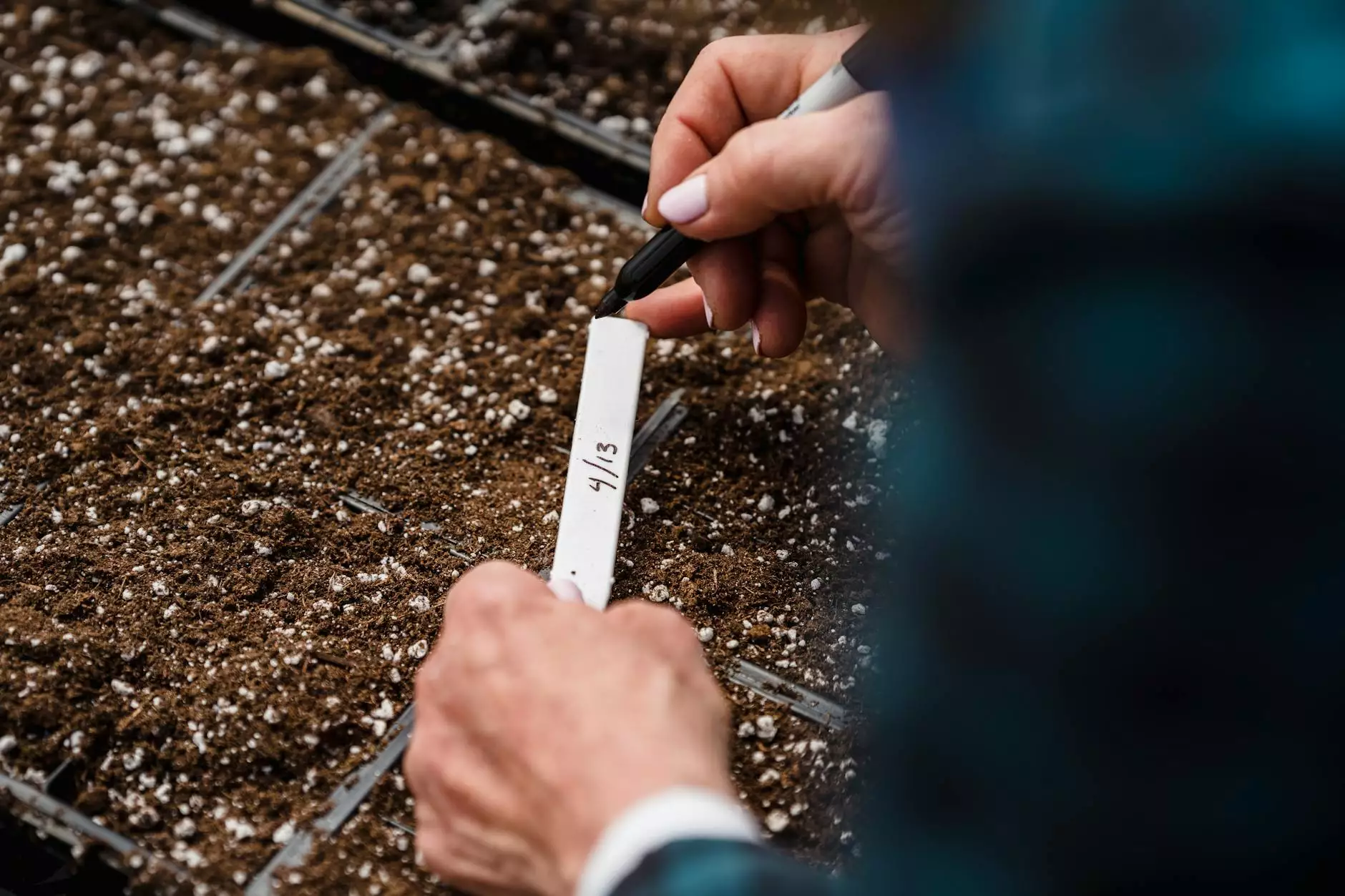Communication And Interacting With Your Autistic Child
Health
Understanding Autism and Building Strong Connections
Ageless Wisdom Magazine welcomes you to explore effective techniques and strategies for communication and interacting with your autistic child. As a leading lifestyle publication, we aim to provide valuable insights and advice to enhance your parent-child relationship, fostering a nurturing and understanding environment.
The Unique World of Autism
Autism is a complex neurodevelopmental disorder that affects individuals in various ways. Understanding the unique characteristics of autism allows us to adapt our communication and interaction styles to better connect with our autistic children. Each child has their own strengths, challenges, and preferences, so it's essential to appreciate their individuality.
Building Effective Communication Skills
One of the key aspects of communication with an autistic child is patience. Taking the time to listen and observe can provide invaluable insights into their needs and desires. Here are some tips for building effective communication skills:
1. Use Visual Supports
Visual aids, such as pictures, symbols, or visual schedules, can assist in developing understanding and promoting independence. Incorporating visuals into daily routines can help your child navigate their day with greater ease, reducing frustration and enhancing communication.
2. Practice Clear and Simple Language
When communicating, it's crucial to use simple and concise language. Break down instructions or information into smaller, manageable parts. Avoid abstract concepts and use visual cues to reinforce your message.
3. Encourage Social Interaction
Promote social interaction by creating opportunities for your child to engage with others. This could involve structured playdates, group activities, or joining support groups where your child can interact with peers facing similar challenges.
Cultivating Positive Interactions
Interacting positively with your autistic child lays the foundation for a strong parent-child bond. Here are some approaches to nurture positive interactions:
1. Sensory-Friendly Environments
Creating a sensory-friendly environment can help minimize sensory overload and promote a sense of calmness. Understand your child's sensory sensitivities and adapt their surroundings accordingly, offering a safe and comfortable space for interaction.
2. Embrace Their Interests
Discover and engage in activities that align with your child's interests. By embracing their passions, you can foster enthusiasm and motivate them to actively participate in shared experiences.
3. Use Positive Reinforcement
Positive reinforcement plays a crucial role in shaping behaviors and encouraging desired communication skills. Acknowledge and reward your child's efforts, reinforcing their confidence and motivation to engage in meaningful interactions.
Seeking Professional Support
While this content provides valuable insights for communicating and interacting with your autistic child, it's important to seek professional guidance tailored to your child's specific needs. Consult with qualified therapists, educators, and medical professionals who specialize in autism for a comprehensive approach to your child's development.
Join the Ageless Wisdom Community
Ageless Wisdom Magazine is committed to empowering parents and caregivers with the knowledge and resources they need to support their children with autism. Explore our wide range of lifestyle articles, expert advice, and inspiring stories to gain a deeper understanding of autism and foster meaningful connections with your child.
Embrace the Journey
Remember, every interaction with your autistic child is an opportunity for growth and connection. Embrace the unique journey of parenting an autistic child and continue to learn, adapt, and celebrate each milestone along the way.










